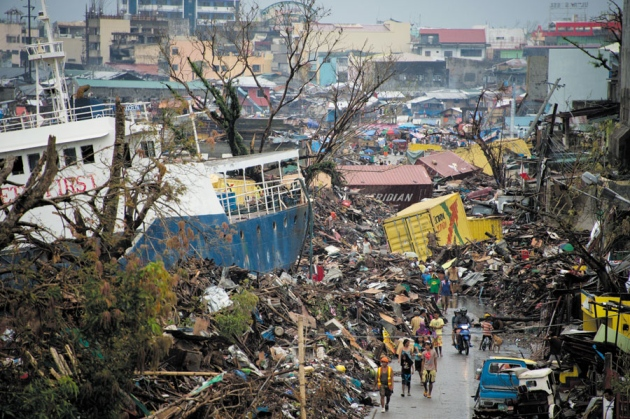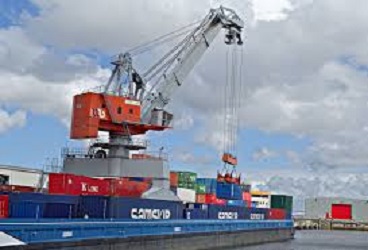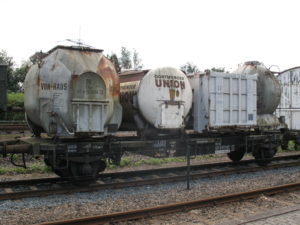Abstract
Supply chains engender great opportunities for the weather forecasting industry to advance. Those who can utilize these kinds of forecasting are beneficial to some extent and preserved from the loss of weather disruptions. On one hand, the impact of weather in many cases increases the cost of the supply chain, on the other hand, it decrements the visibility of the supply chain due to inclement weather. Various weather stations measure weather data such as rainfall, shipping, etc. Weather cognate courses are being evolved for supply chain managers to tackle weather disruption issues well. The other utilization of weather reports from third-party companies can help forecast early solutions and point out the affected areas.
Keywords: Weather, supply chain forecasting, supply chain disruption, etc.
Introduction
A global Supply Chain underscores that a severe weather attack at a place on earth will impact another area of the globe in the form of transportation disruption and lesser visibility in the supply chain activities. If supply chain managers do not think about these things during forecasting, it would cost the supply chain in terms of supply chain value. Producers plan their production in a pattern that year after year due to the nature of the weather at a set period. Some products have a very short life span and any delay due to weather would cause profit loss.
Supply Chain visibility
Supply chains create great opportunities for the weather forecasting industry to advance. Those who can properly use these kinds of forecasting, they are benefitted to some extent and save from the loss of weather disruptions. On one hand, the impact of weather in many cases increases the cost of the supply chain, on the other hand, it decreases the visibility of the supply chain due to severe weather.
Severe Weather
Super Typhoon Haiyan in the Philippines washed a ship and containers into the sea beach area in November 2013, which affected global trade. Supply Chain Managers should have alert about their disruptive capabilities to the supply chains. Using a different type of inland transport either sea or air may be an option also to be out of destruction or loss of their supply chains. 2013-2014 Winter weather also caused delay issues to the supply chain management in the USA and North American locations.
Climate change
World Economic Forum informed about similar risks to China in the Global Risk Report 2017. Although due to the Fast-Fashion policy and RFID technology, Zara is less susceptible to weather-related disruption, four Australian Apparel chains collapsed in two weeks due to the impact of weather-related disruption. Various weather stations measure weather data such as rainfall, shipping, etc. to help supply chain managers. Weather-related courses are being evolved for supply chain managers to tackle weather disruption issues properly. Due to Climate change in the whole world at all levels changing consumer behavior. In the UK when the weather becomes worse, it changes to transport and logistic network also. The TCFD recommendations speak to two types of physical climate risks: acute physical risks, which are event-driven, such as cyclones, hurricanes, and floods; and chronic physical risks, which are from longer-term shifts in climate patterns, such as sea-level rise, drought, and chronic heat waves.
Substructures issue
When a supply chain is affected by bad weather, Insurers can point out the uncovered part to the supply chain managers, so that they can take additional measures to take care of the supply chain and protect them from loss of supply chain value. This kind of severe weather usually causes road closures and supply chain disruptions. This creates a great need for relief and supplies and contingency plans to make goods flow. The use of weather reports from third-party companies can help forecast for early recovery and point out the affected areas.
Conclusion:
Natural disasters can cause fear and uncertainty in even the most experienced supply chain managers. But we can take the help of experienced 3PLs to get out of the mess. Our experience and cognizance of our role make us best qualified to deal with deplorable weather conditions. And if every component of the supply chain is well-prepared, we can quite literally weather out the inclemency. We have to consider the knock-on effect of weather conditions in other components of the country and how that may affect different supply chain links. Kenning how to handle challenges before they transpire is an immensely colossal advantage. But bad weather management is also about knowing how to deal with uncertainty. If conditions are turning bad then we must let whoever might be affected.
References:
1. World Meteorological Organization, Global Framework for Climate Services, Climate Services for Decision-Making (World Meteorological Organization, 2014).
2. Culp, Steve, https://www.forbes.com/sites/steveculp/2013/02/15,supply-chain- disruption-a-major-threat-to-business/#30032e1073b6 (2015)
3. Cawthorn, Christopher. Whether as a strategic element in demand chain planning. The Journal of Business Forecasting Methods and Systems, Vol. 17, Iss. 3. Fall 1998.4.Wooland, Darren(2014).” Tips on how to prepare for bad weather disruptions to your supply chain”.https://www.dmg-freight.com/tips-prepare-bad-weather-disruptions-supply-chain/.Pages1
4.https://www.fsb-tcfd.org/







